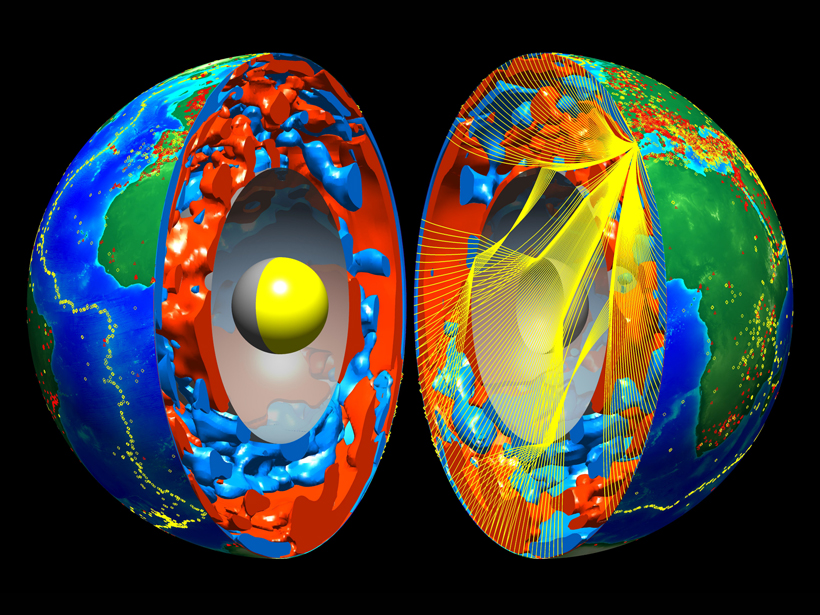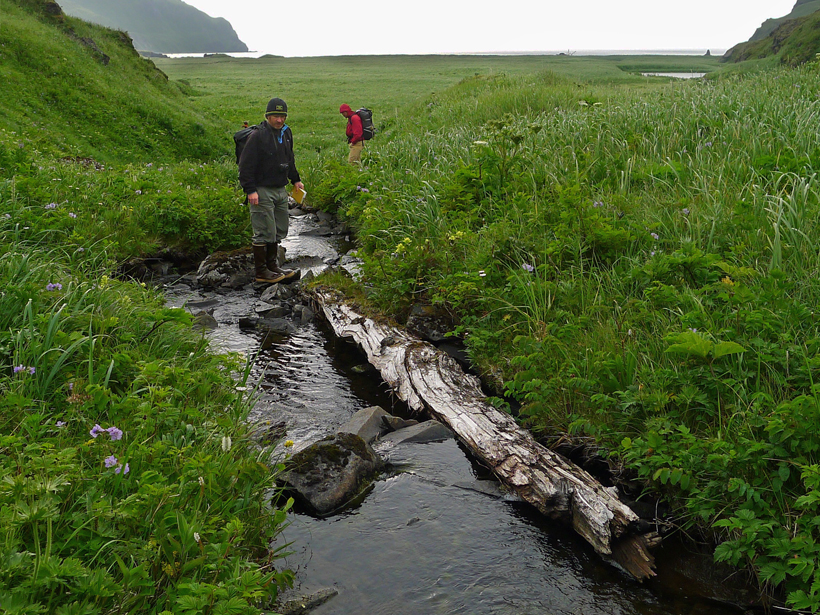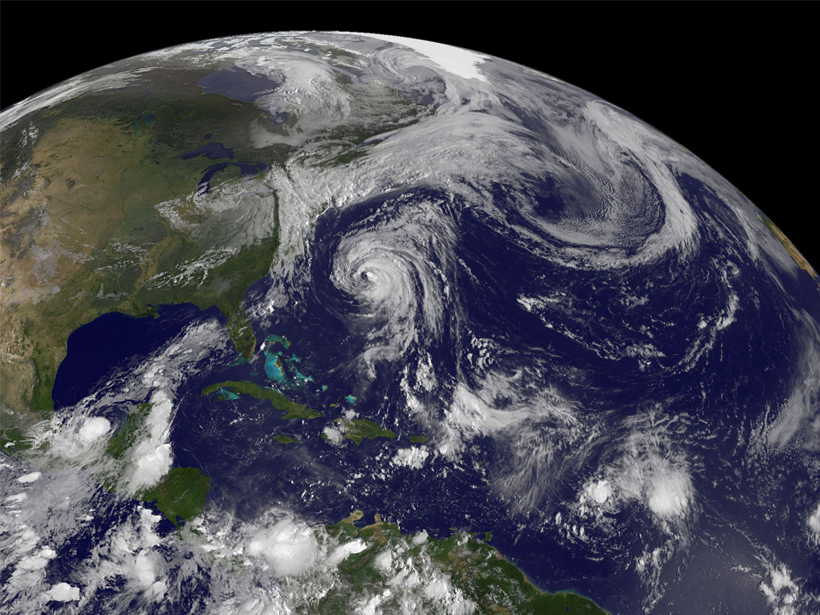Scientists discover a surprisingly positioned tectonic plate, buried below the southern Indian Ocean, that spans the entire mantle.
C. Sullivan
Cody Sullivan, a Fall 2015 news intern for Eos.org, graduated in 2015 from Boston University with an M.S. in science journalism and holds a B.S. in ecology and evolutionary biology from the University of California, Santa Cruz. Prior to joining Eos.org, he interned at Business Insider and Tech Insider, focusing on environmental, life, and Earth sciences. Currently, Cody is a science writing fellow for the U.S. Forest Service.
Variable Mantle Lies Below Ancient Pieces of Earth's Crust
Underneath old and stable pieces of Earth's crust in North America, the mantle's uppermost portion contains multiple layers that change the velocities of seismic waves.
The North Atlantic Ocean's Missing Heat Is Found in Its Depths
In the 2000s, the North Atlantic stopped absorbing as much atmospheric warmth. However, the ocean lost only a little heat—the rest was held deeper below the surface by altered circulation patterns.
Unknown Tsunami Trigger Hides Along a Creeping Aleutian Fault
A seismically quiet part of the Aleutian Subduction Zone may have caused tsunamis in the past—and may cause future tsunamis that could travel across the Pacific Ocean.
Characterizing Interglacial Periods over the Past 800,000 Years
Researchers identified 11 different interglacial periods over the past 800,000 years, but the interglacial period we are experiencing now may last an exceptionally long time.
Fewer Tropical Cyclones Form After Volcanic Eruptions
Volcanic eruptions aren't all bad—in some cases, they can lower the frequency of tropical cyclones in the North Atlantic by emitting sulfate aerosols.
Climate Change Freezes Mountain Wildflower Reproduction
New research provides evidence that plants that flower earlier in the year because of climate warming experience more frost damage and have less reproductive success.
Deep-Sea Microbes Can Leave Records of the Past
Researchers use carbon signatures within sea sediments to identify microbial activity and also to date earthquakes.
The Forgotten Water Vapor at High Altitudes
Scientists find that estimations of high-altitude atmospheric water, critical for the greenhouse effect, are not as accurate as previously thought.
Mercury in Rain Increasing in Western and Central United States
Despite tightening emissions rules, mercury concentrations are rising in rainfall wetting western and central regions of the United States. The pollutant may waft in from Asia, scientists speculate.








